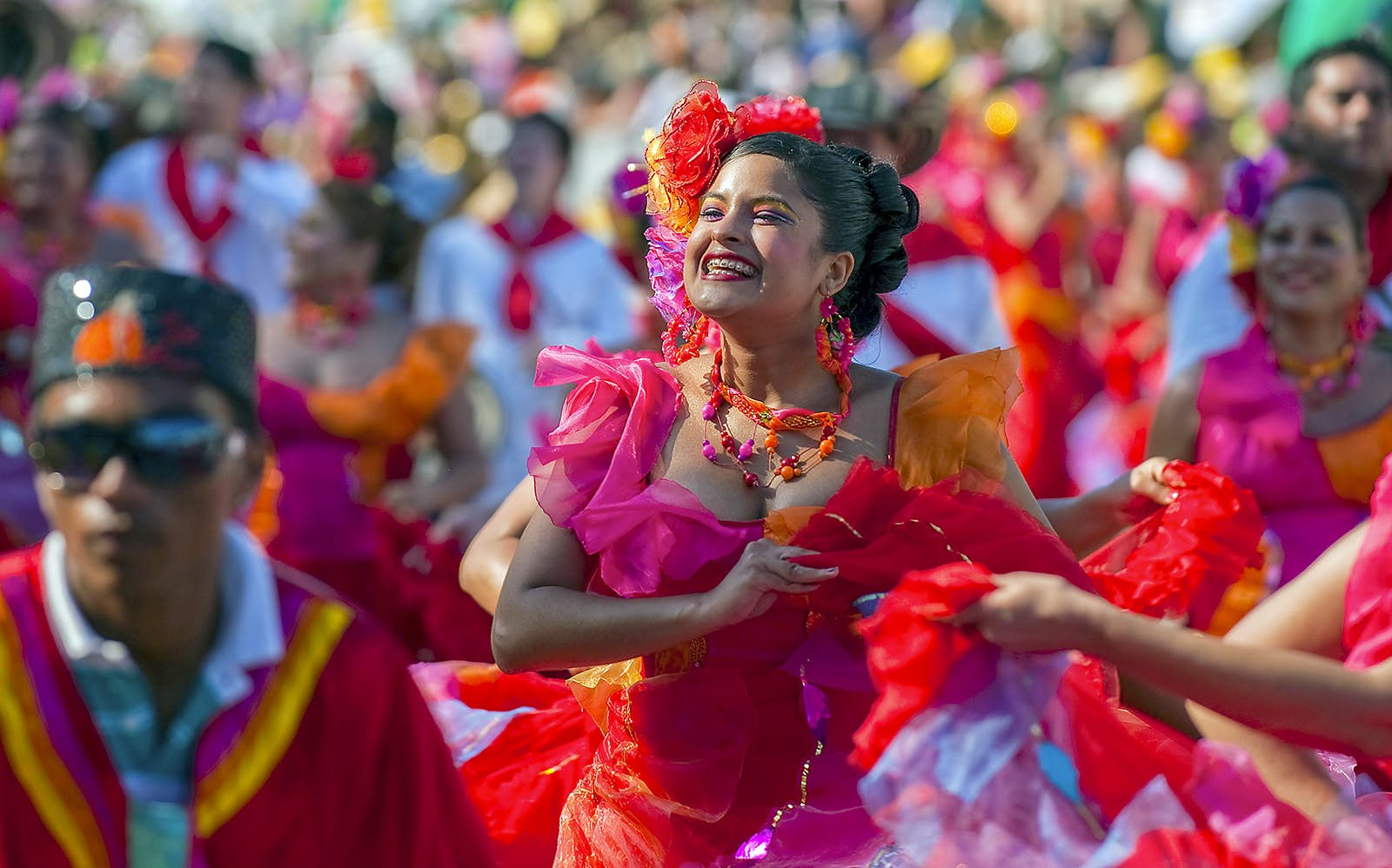What Does Dance Fridays Mean?
Table of ContentsFascination About Dance FridaysDance Fridays Can Be Fun For EveryoneA Biased View of Dance FridaysThe Facts About Dance Fridays Uncovered9 Easy Facts About Dance Fridays DescribedThe Greatest Guide To Dance FridaysLittle Known Facts About Dance Fridays.
The major difference that differentiates the Miami-style from various other North American styles is the "Atras" or "Angled", back breaking steps executed in reverse diagonally rather than moving forwards and backwards as seen in the New york city design. Dancers do not shift their body weight considerably as seen in various other styles. Rather, dancers maintain their upper body still, poised and loosened up, focusing on foot motion.A significant distinction in between Cali Design and Miami-style is the last is solely danced on the downbeat (On1) and has aspects of lusters and show-style contributed to it, adhering to collections of North American designs. Miami-style has numerous followers, particularly Cuban-Americans and various other Latinos based in South Florida. In the 1950s, Salsa Rueda or a lot more accurately Rueda de Gambling establishment was developed in Havana, Cuba.
Many of the steps involve quickly switching companions. "Rueda de Miami" originated in the 1980s from Miami, is a formal style with many policies based on a mix, and is a hybridization of Rueda de Cuba & North American dance designs, with some routines showing American society (e.
Coca-Cola, Dedo, Adios) which is not found in located traditional Cuban-style Typical (salsa dancing club san francisco). Cali is also understood as the "Capital de la Salsa" (Salsa's Resources); due to salsa songs being the major category in events, nightclubs and celebrations in the 21st century.
The Facts About Dance Fridays Revealed
They consist of various acrobats such as partnered turns to delight with these jaw dropping feats. Their footwork is complex and accurate, aiding a number of Colombian Design dancers win major globe championships. Cali hosts many annual salsa events such as the World Salsa Cali Festival and the Encuentro de Melomanos y Coleccionistas.
Scientists in the natural scientific researches studied the math of salsa dance actions. In the social sciences, researchers have researched salsa dancing to understand, for example just how the Latino identification is attached to salsa dance.
Centro Journal. Gotten 2023-05-26. Salsa Vida.
Obtained 5 October 2023. " Background of Salsa Dancing". Salsa Vida. 26 June 2023. Fetched 5 October 2023. Ludovic, Kiss Mihai (2015-10-01). " Salsa Origins and Development". Sporting activity i Societate. 15 (Special): 120129. ISSN 1582-2168. Djebbari, Elina (2020-01-02). " Dancing salsa in Benin: Linking the Creole Atlantic". Atlantic Researches. 17 (1 ): 110134. doi:10.

The city of music memory: salsa, document grooves, and preferred society in Cali, Colombia. Salsa Vida SF. The Journal of Popular Society.
Dance Fridays Fundamentals Explained

54 (5 ): 9991024. doi:10 - salsa dancing club san francisco. click this link 1108/EJM -08 -2018 -0565. ISSN0309-0566. S2CID216399732.
Something failed. Wait a minute and try once again Attempt again.
An Unbiased View of Dance Fridays
We're speaking about the dance, not the scrumptious South American condiment. The beginnings of words "Salsa" as the name of a dance has provided dispute for years. One of the most preferred (and potentially approved) concept is that Cuban and Puerto Rican artists in New york city created the phrase in New york city in the 1970's, to explain the spicy combination of music they were creating out of the rhythms and concepts of Cuban child montuno, guaracha, chachacha, mambo and bolero.